Ordensburg Vogelsang
Date: 14 March 2012
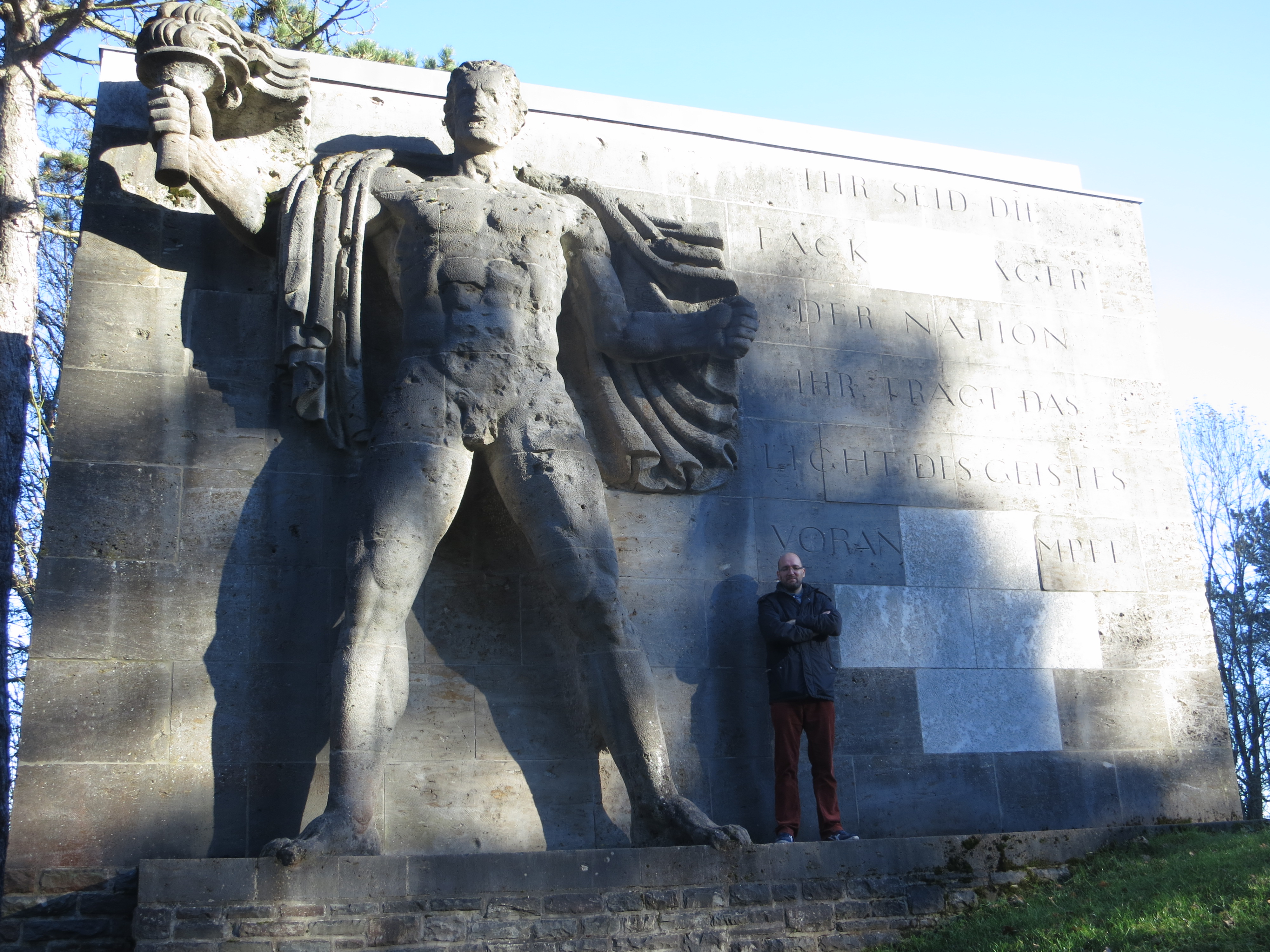 Ordensburg Vogelsang is a former national socialist estate placed at the former military training area in Eifel National Park in North Rhine-Westphalia. The landmarked and completely preserved estate was used by the National Socialists between 1936 and 1939 as an educational centre for future leaders. Since 1 January 2006 the area has been open to visitors. It is one of the largest architectural relics of National Socialism. The gross area of the landmarked buildings is 50,000 m2. Most of the sculptures in Vogelsang - "Fackelträger" (torch bearer), "Der deutsche Mensch" (The German Man), "Adler" (Eagle) and the "Sportlerrelief" (sportsmen-relief) - were created by Willy Meller. The wood-sculpture "Der deutsche Mensch" disappeared in 1945. The other sculptures have been preserved, but are partly damaged.
After a visit by Adolf Hitler in 1937, Doric pillars without any static function were added to the entrance gate. According to reports, the initiative for that came from Hitler himself. At the outbreak of the war in September 1939, the Orden Junkers departed and the Castle of Vogelsang was handed over to the German army (Deutsche Wehrmacht), which used it twice for billeting troops: in 1940 during the western campaign, and in December 1944 during the Ardennes offensive.
During the interim, Vogelsang hosted a couple of classes of the so-called Adolf-Hitler-Schools. In 1944, a military fitness camp for 15- and 16-year-old members of the Hitler Youth (Hitler-Jugend) was held there. Allied air raids destroyed some of the buildings, including the east wing and the gymnasium.
Ordensburg Vogelsang is a former national socialist estate placed at the former military training area in Eifel National Park in North Rhine-Westphalia. The landmarked and completely preserved estate was used by the National Socialists between 1936 and 1939 as an educational centre for future leaders. Since 1 January 2006 the area has been open to visitors. It is one of the largest architectural relics of National Socialism. The gross area of the landmarked buildings is 50,000 m2. Most of the sculptures in Vogelsang - "Fackelträger" (torch bearer), "Der deutsche Mensch" (The German Man), "Adler" (Eagle) and the "Sportlerrelief" (sportsmen-relief) - were created by Willy Meller. The wood-sculpture "Der deutsche Mensch" disappeared in 1945. The other sculptures have been preserved, but are partly damaged.
After a visit by Adolf Hitler in 1937, Doric pillars without any static function were added to the entrance gate. According to reports, the initiative for that came from Hitler himself. At the outbreak of the war in September 1939, the Orden Junkers departed and the Castle of Vogelsang was handed over to the German army (Deutsche Wehrmacht), which used it twice for billeting troops: in 1940 during the western campaign, and in December 1944 during the Ardennes offensive.
During the interim, Vogelsang hosted a couple of classes of the so-called Adolf-Hitler-Schools. In 1944, a military fitness camp for 15- and 16-year-old members of the Hitler Youth (Hitler-Jugend) was held there. Allied air raids destroyed some of the buildings, including the east wing and the gymnasium.Nazi party rally grounds
Date: 14 March 2012
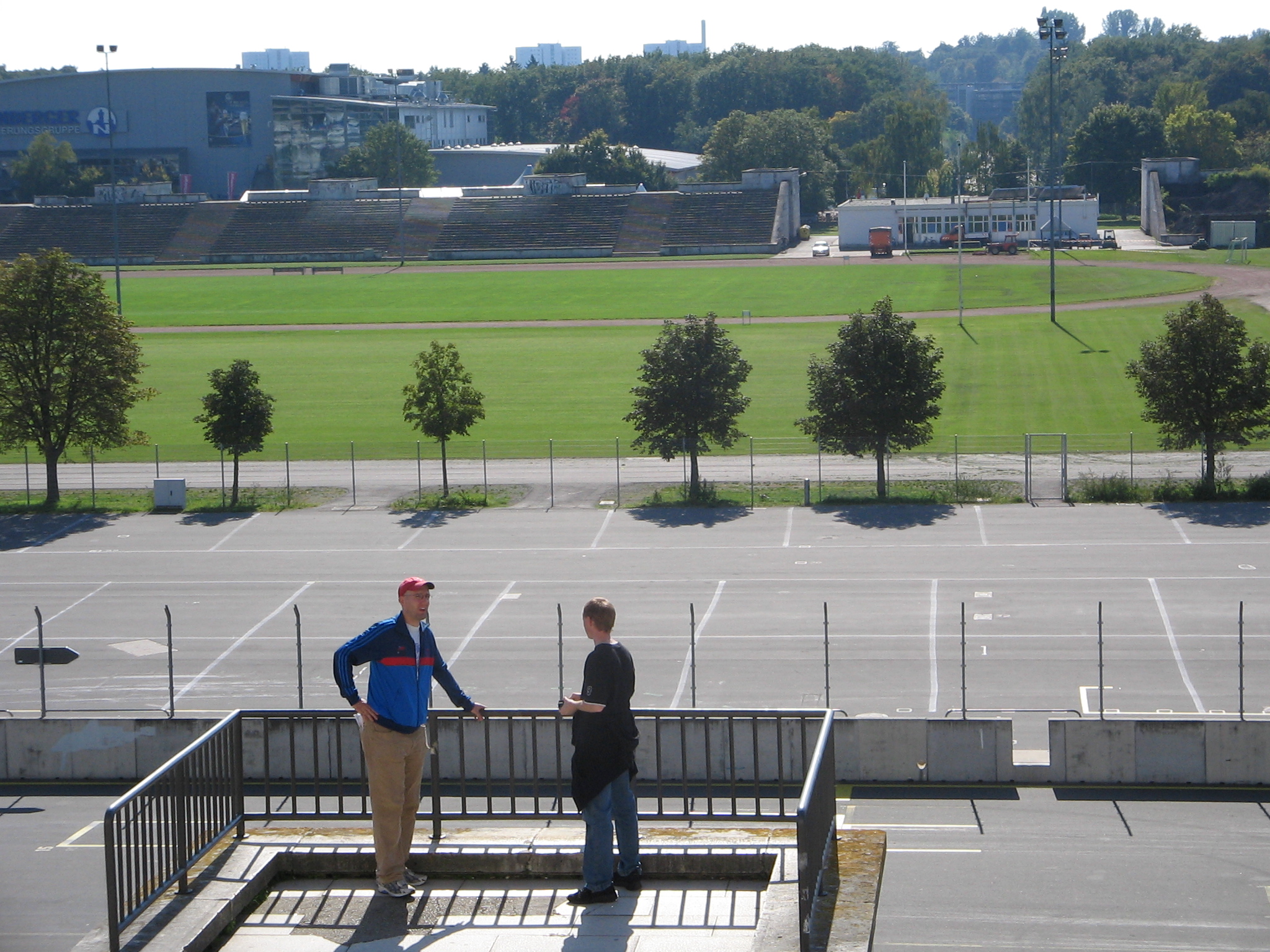 The Nazi party rally grounds (German: Reichsparteitagsgelände, Literally: Reich Party Congress Grounds) covered about 11 square kilometres in the southeast of Nuremberg, Germany. Six Nazi party rallies were held there between 1933 and 1938. The grounds included:
The Nazi party rally grounds (German: Reichsparteitagsgelände, Literally: Reich Party Congress Grounds) covered about 11 square kilometres in the southeast of Nuremberg, Germany. Six Nazi party rallies were held there between 1933 and 1938. The grounds included:
- the Luitpoldarena, a deployment area
- the Luitpold Hall(damaged during World War II, later demolished)
- the Kongresshalle (Congress Hall)(unfinished)
- the Zeppelinfeld (Zeppelin Field), another deployment area
- the Märzfeld (March Field) (unfinished, later demolished)
- the Deutsche Stadion (German stadium) (only foundations were built)
- the former Stadion der Hitlerjugend ("stadium of the Hitler Youth", today Frankenstadion)
- the Große Straße ("Great Road"), a (never-used) parade road
Ouvrage Simserhof - The Maginotline
Date: 14 March 2012
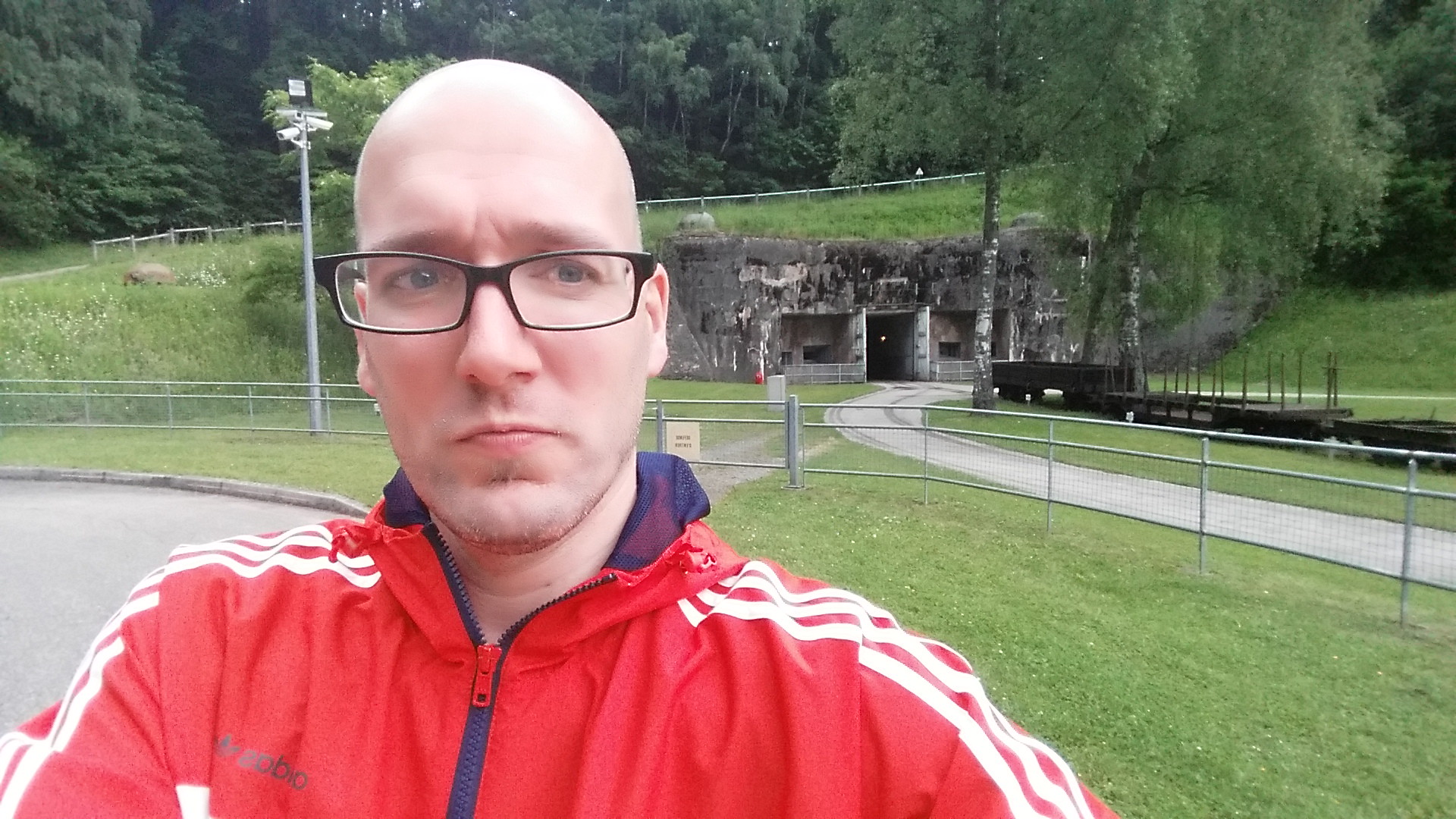 Ouvrage Simserhof is a gros ouvrage of the Maginot Line, located near the community of Sierstal in the French département of Moselle. Simserhof is adjoined by petit ouvrage Rohrbach and gros ouvrage Schiesseck, and faces the German frontier. Located 4 km to the west of Bitche, the ouvrage derived its name from a nearby farm. It was a part of the Fortified Sector of Rohrbach. During the Battle of France in 1940, Simserhof supported its neighboring fortifications with covering artillery fire, with partial success. After the surrender of France, it was occupied by the Germans as a storage depot for torpedoes, and later resisted the American advances of late 1944. Taken by the Americans, it was briefly re-occupied by the Germans during Operation Nordwind. Following the war it was repaired for use by the French Army, but was proposed as a museum of the Maginot Line as early as the 1960s. Retained by the Ministry of Defense, Simserhof now functions as a museum, and has the most extensive visitor infrastructure of any of the preserved Maginot fortifications.
Ouvrage Simserhof is a gros ouvrage of the Maginot Line, located near the community of Sierstal in the French département of Moselle. Simserhof is adjoined by petit ouvrage Rohrbach and gros ouvrage Schiesseck, and faces the German frontier. Located 4 km to the west of Bitche, the ouvrage derived its name from a nearby farm. It was a part of the Fortified Sector of Rohrbach. During the Battle of France in 1940, Simserhof supported its neighboring fortifications with covering artillery fire, with partial success. After the surrender of France, it was occupied by the Germans as a storage depot for torpedoes, and later resisted the American advances of late 1944. Taken by the Americans, it was briefly re-occupied by the Germans during Operation Nordwind. Following the war it was repaired for use by the French Army, but was proposed as a museum of the Maginot Line as early as the 1960s. Retained by the Ministry of Defense, Simserhof now functions as a museum, and has the most extensive visitor infrastructure of any of the preserved Maginot fortifications.Warsaw Uprising
Date: 14 March 2012
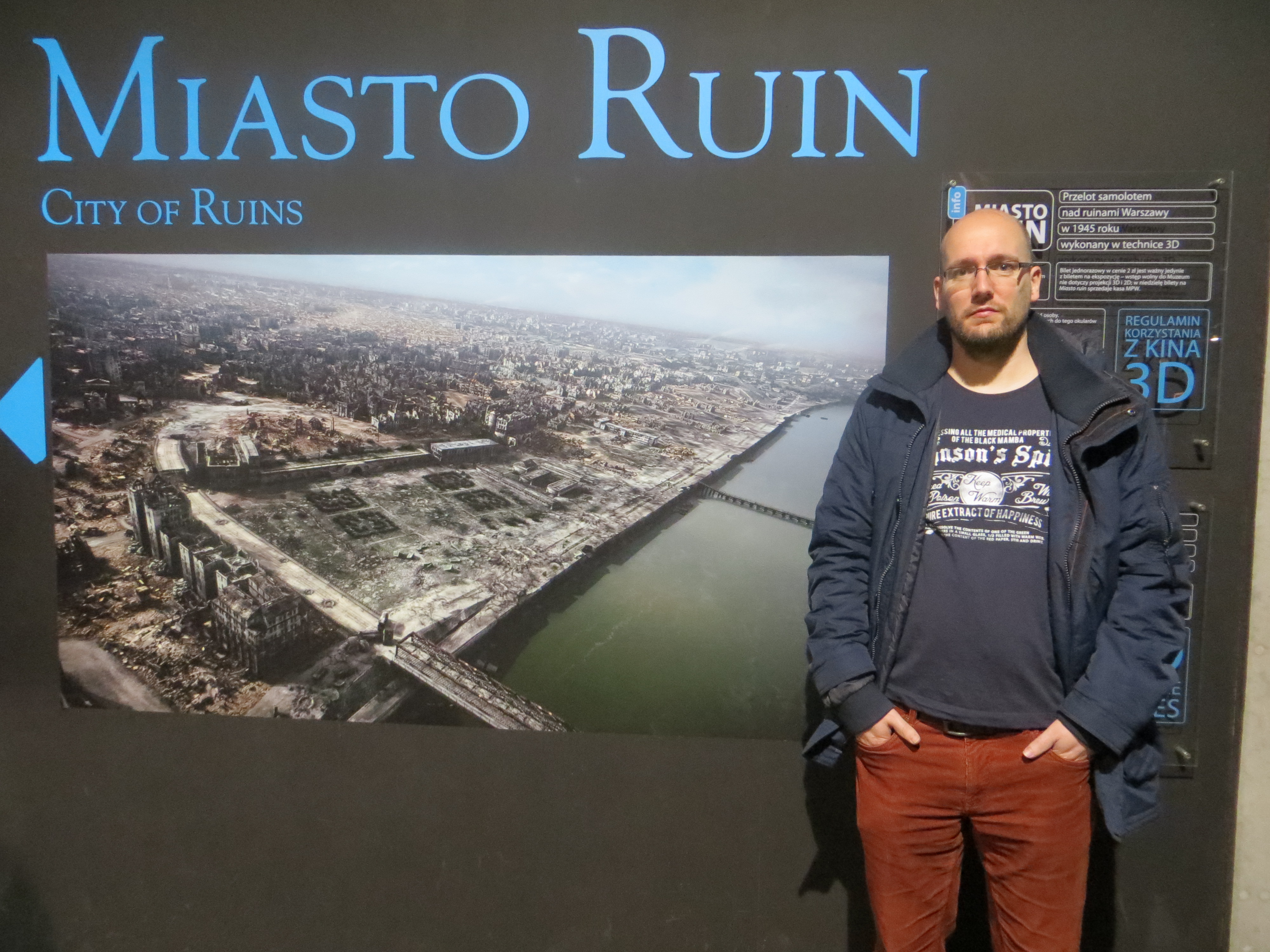 Natzweiler-Struthof was a German-run concentration camp located in the Vosges Mountains close to the Alsatian village of Natzwiller (German Natzweiler) in France, and the town of Schirmeck, about 50 km (31 mi) south west from the city of Strasbourg. Natzweiler-Struthof was the only concentration camp established by the Nazis on present-day French territory, though there were French-run temporary camps such as the one at Drancy. At the time from 1941 to 1944, the Alsace area in which it was established was administered by Germany as it was an integral part of the German Reich. The camp operated from 21 May 1941 to early September 1944 with prisoners. A small staff of Nazi SS remained, found when the camp was liberated by the French First Army under the command of the U.S. Sixth Army Group on 23 November 1944.
Natzweiler-Struthof was a German-run concentration camp located in the Vosges Mountains close to the Alsatian village of Natzwiller (German Natzweiler) in France, and the town of Schirmeck, about 50 km (31 mi) south west from the city of Strasbourg. Natzweiler-Struthof was the only concentration camp established by the Nazis on present-day French territory, though there were French-run temporary camps such as the one at Drancy. At the time from 1941 to 1944, the Alsace area in which it was established was administered by Germany as it was an integral part of the German Reich. The camp operated from 21 May 1941 to early September 1944 with prisoners. A small staff of Nazi SS remained, found when the camp was liberated by the French First Army under the command of the U.S. Sixth Army Group on 23 November 1944.Atlantic Wall - Festung IJmuiden
Date: 14 March 2012
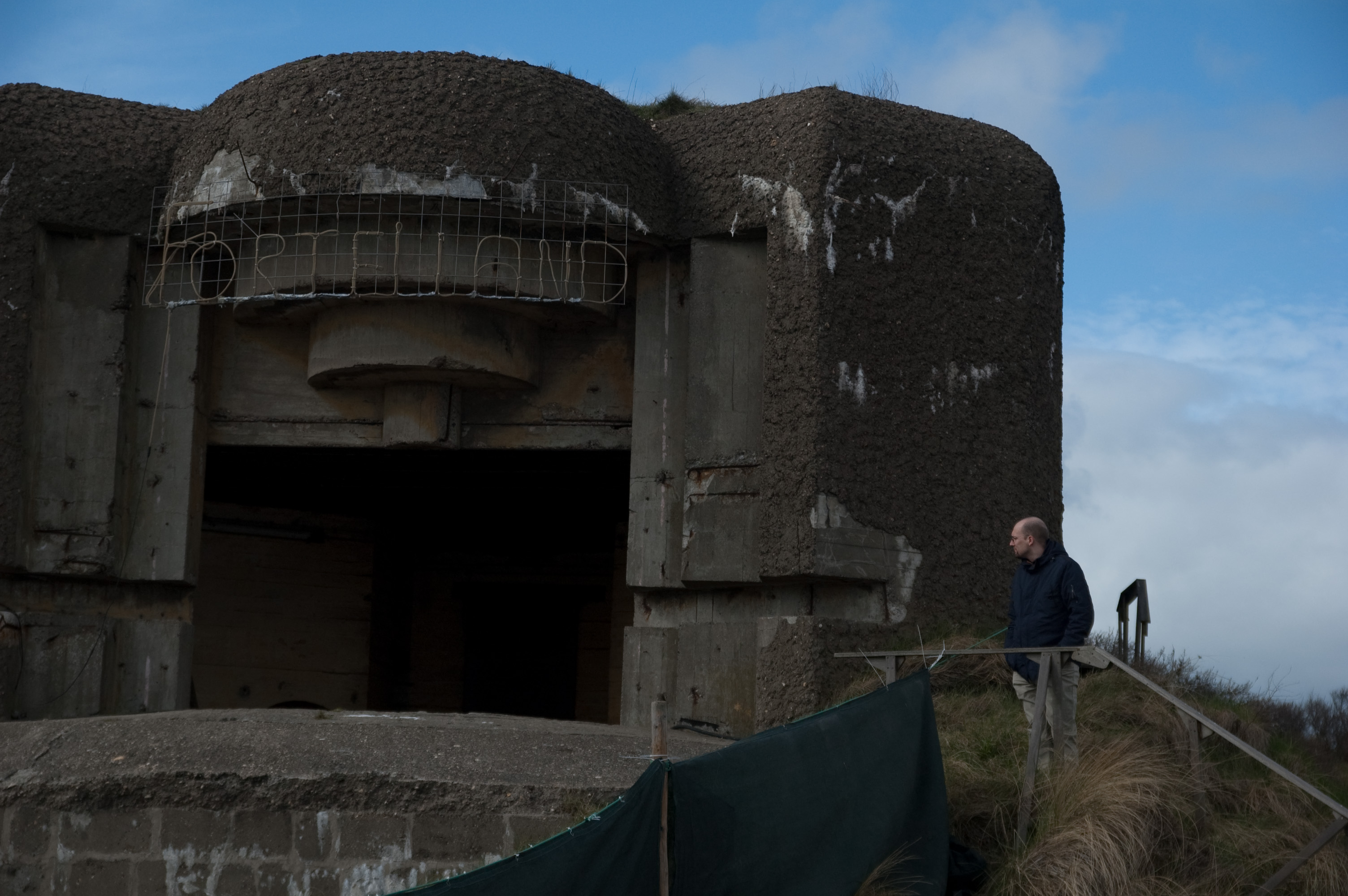 Natzweiler-Struthof was a German-run concentration camp located in the Vosges Mountains close to the Alsatian village of Natzwiller (German Natzweiler) in France, and the town of Schirmeck, about 50 km (31 mi) south west from the city of Strasbourg. Natzweiler-Struthof was the only concentration camp established by the Nazis on present-day French territory, though there were French-run temporary camps such as the one at Drancy. At the time from 1941 to 1944, the Alsace area in which it was established was administered by Germany as it was an integral part of the German Reich. The camp operated from 21 May 1941 to early September 1944 with prisoners. A small staff of Nazi SS remained, found when the camp was liberated by the French First Army under the command of the U.S. Sixth Army Group on 23 November 1944.
Natzweiler-Struthof was a German-run concentration camp located in the Vosges Mountains close to the Alsatian village of Natzwiller (German Natzweiler) in France, and the town of Schirmeck, about 50 km (31 mi) south west from the city of Strasbourg. Natzweiler-Struthof was the only concentration camp established by the Nazis on present-day French territory, though there were French-run temporary camps such as the one at Drancy. At the time from 1941 to 1944, the Alsace area in which it was established was administered by Germany as it was an integral part of the German Reich. The camp operated from 21 May 1941 to early September 1944 with prisoners. A small staff of Nazi SS remained, found when the camp was liberated by the French First Army under the command of the U.S. Sixth Army Group on 23 November 1944.Krakow - Schindler Factory
Date: 14 March 2012
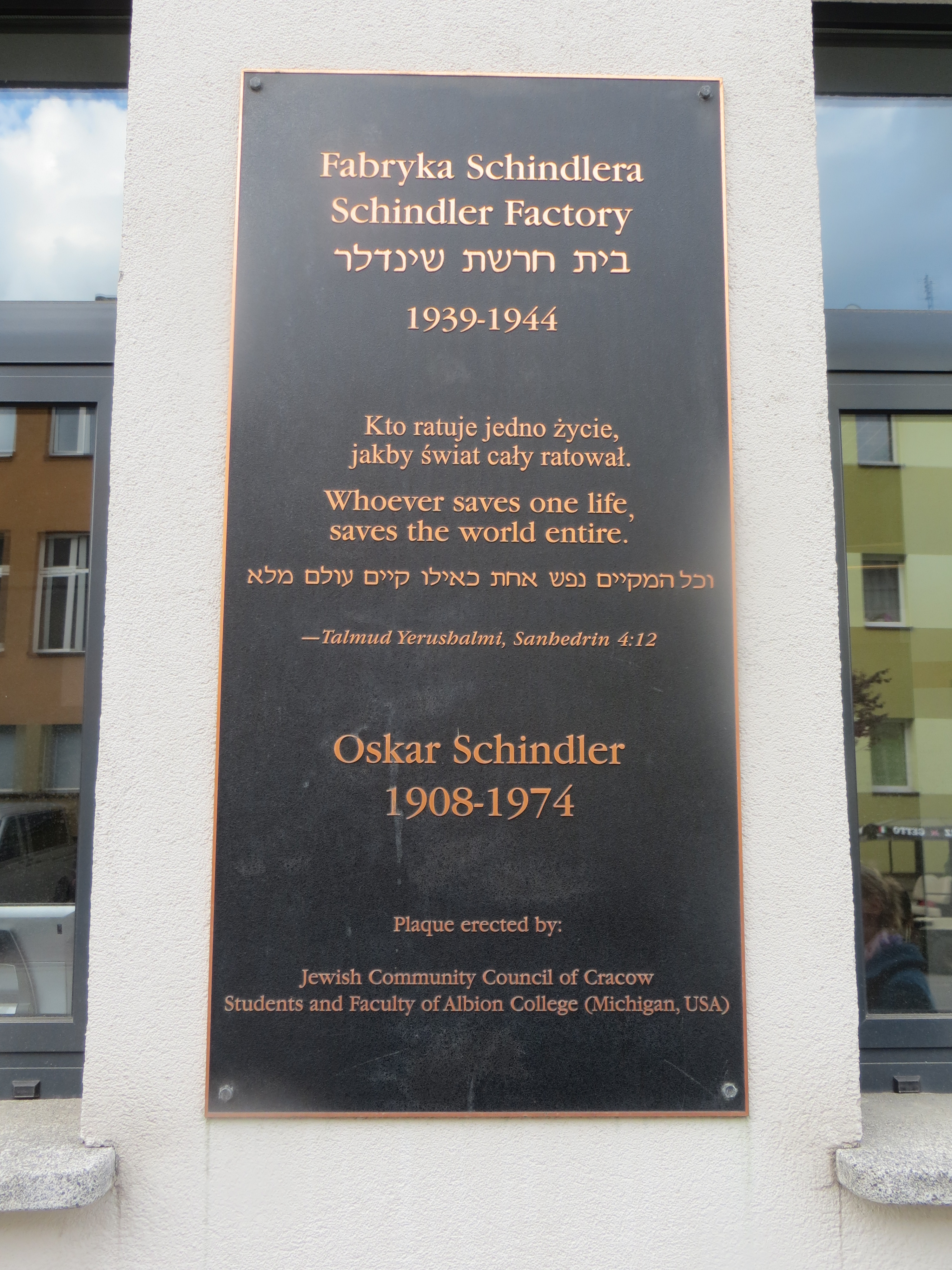 Oskar Schindler's Enamel Factory (Polish: Fabryka Emalia Oskara Schindlera), a former metal item factory in Kraków, is now host to two museums: the Museum of Contemporary Art in Kraków, on the former workshops, and a branch of the Historical Museum of the City of Kraków, situated at ul. Lipowa 4 (4 Lipowa street) in the district of Zablocie, in the administrative building of the former enamel factory known as Oskar Schindler's Deutsche Emailwarenfabrik (DEF).[1] Operating here before DEF was the first Malopolska factory of enamelware and metal products limited liability company, instituted in March 1937. On 1 September 1939, Nazi Germany invaded Poland and the Second World War broke out. On 6 September, German troops entered Kraków. It was also probably around that time in which Oskar Schindler, a Sudeten German who was a member of the NSDAP and an agent of the Abwehr, arrived in Kraków. Using the power of the German occupation forces in the capacity of a trustee, he took over the German kitchenware shop on ul. Krakowska, and in November 1939, on the power of the decision of the Trusteeship Authority he took over the receivership of the "Rekord" company in Zablocie. He also produced ammunition shells, so that his factory would be classed as an essential part of the war effort. He managed to build a subcamp of the Plaszów forced labor camp in the premises where "his" Jews had scarce contact with camp guards.
After the war, in the period 1948-2002, the factory was utilised by Krakowskie Zaklady Elektroniczne Unitra-Telpod (later renamed Telpod S.A.), a company manufacturing telecommunications equipment.
Oskar Schindler's Enamel Factory (Polish: Fabryka Emalia Oskara Schindlera), a former metal item factory in Kraków, is now host to two museums: the Museum of Contemporary Art in Kraków, on the former workshops, and a branch of the Historical Museum of the City of Kraków, situated at ul. Lipowa 4 (4 Lipowa street) in the district of Zablocie, in the administrative building of the former enamel factory known as Oskar Schindler's Deutsche Emailwarenfabrik (DEF).[1] Operating here before DEF was the first Malopolska factory of enamelware and metal products limited liability company, instituted in March 1937. On 1 September 1939, Nazi Germany invaded Poland and the Second World War broke out. On 6 September, German troops entered Kraków. It was also probably around that time in which Oskar Schindler, a Sudeten German who was a member of the NSDAP and an agent of the Abwehr, arrived in Kraków. Using the power of the German occupation forces in the capacity of a trustee, he took over the German kitchenware shop on ul. Krakowska, and in November 1939, on the power of the decision of the Trusteeship Authority he took over the receivership of the "Rekord" company in Zablocie. He also produced ammunition shells, so that his factory would be classed as an essential part of the war effort. He managed to build a subcamp of the Plaszów forced labor camp in the premises where "his" Jews had scarce contact with camp guards.
After the war, in the period 1948-2002, the factory was utilised by Krakowskie Zaklady Elektroniczne Unitra-Telpod (later renamed Telpod S.A.), a company manufacturing telecommunications equipment.Hiroshima - Genbaku Dome
Date: 14 March 2012
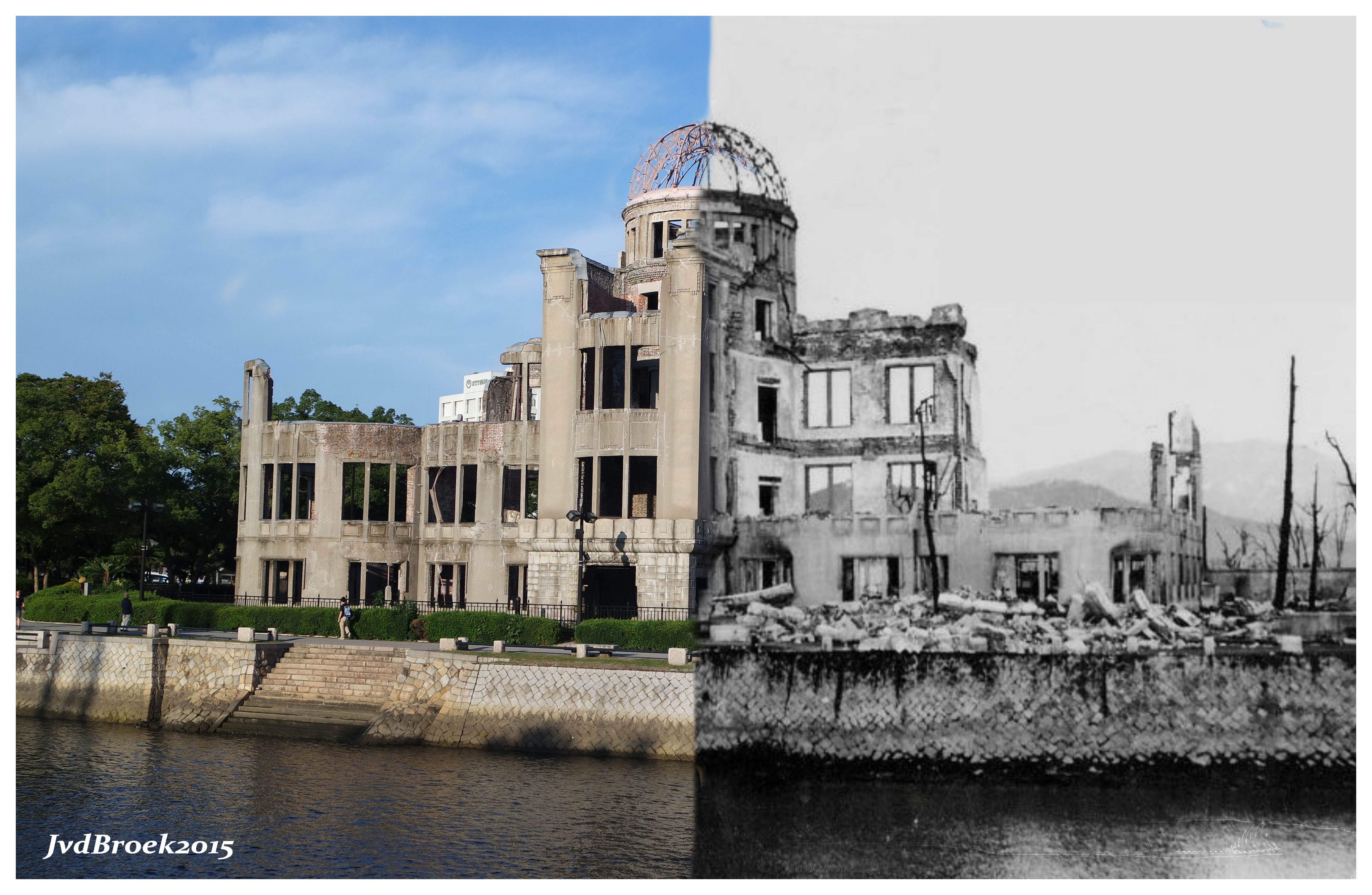 Hiroshima Peace Memorial, commonly called the Atomic Bomb Dome or Genbaku Domu (A-Bomb Dome), in Hiroshima, Japan, is part of the Hiroshima Peace Memorial Park and was designated a UNESCO World Heritage Site in 1996. The ruin serves as a memorial to the people who were killed in the atomic bombing of Hiroshima on August 6 1945. Over 70,000 people were killed instantly, and another 70,000 suffered fatal injuries from the radiation. The Product Exhibition Hall building was originally designed by the Czech architect Jan Letzel. The building was the only structure left standing near the bomb’s hypocenter.[3] Soon commonly called the Genbaku ("A-Bomb") Dome, due to the exposed metal dome framework at its apex, the structure was scheduled to be demolished with the rest of the ruins, but the majority of the building was intact, delaying the demolition plans. The Dome became a subject of controversy, with some locals wanting it torn down, while others wanted to preserve it as a memorial of the bombing and a symbol of peace.[4] Ultimately, when the reconstruction of Hiroshima began, the skeletal remains of the building were preserved.
Hiroshima Peace Memorial, commonly called the Atomic Bomb Dome or Genbaku Domu (A-Bomb Dome), in Hiroshima, Japan, is part of the Hiroshima Peace Memorial Park and was designated a UNESCO World Heritage Site in 1996. The ruin serves as a memorial to the people who were killed in the atomic bombing of Hiroshima on August 6 1945. Over 70,000 people were killed instantly, and another 70,000 suffered fatal injuries from the radiation. The Product Exhibition Hall building was originally designed by the Czech architect Jan Letzel. The building was the only structure left standing near the bomb’s hypocenter.[3] Soon commonly called the Genbaku ("A-Bomb") Dome, due to the exposed metal dome framework at its apex, the structure was scheduled to be demolished with the rest of the ruins, but the majority of the building was intact, delaying the demolition plans. The Dome became a subject of controversy, with some locals wanting it torn down, while others wanted to preserve it as a memorial of the bombing and a symbol of peace.[4] Ultimately, when the reconstruction of Hiroshima began, the skeletal remains of the building were preserved.